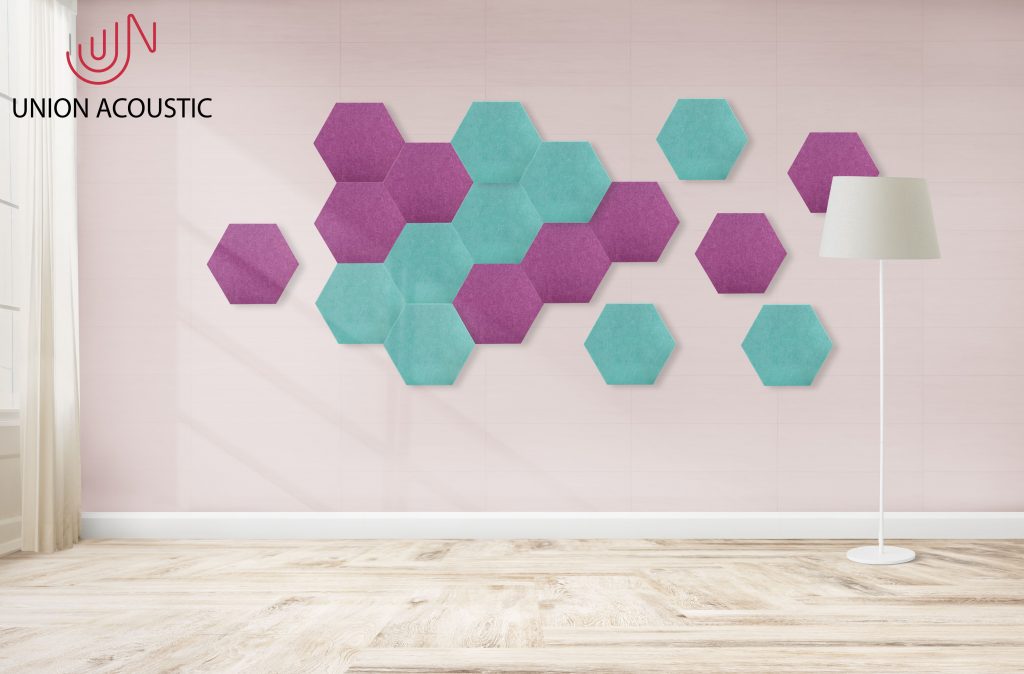
Echoes can be a nuisance in any room, making it difficult to hear conversations or enjoy music. Fortunately, there are several ways to reduce echo in a room, from simple DIY solutions to more advanced sound proofing solutions.
Add Soft Furnishings
One of the simplest ways to reduce echo in a room is to add soft furnishings such as curtains, rugs, and cushions. These items absorb sound waves, reducing the amount of sound that bounces off hard surfaces such as walls and floors. Thick curtains or drapes can be particularly effective at reducing echo, as they cover a large area and are made from dense materials.
Hang Wall Art
Another way to reduce echo in a room is to hang wall art. Artwork, tapestries, and other decorative items can help to break up hard surfaces and absorb sound waves. This is particularly effective in large rooms with high ceilings, where sound waves can bounce around and create a lot of echo.
Use Bookshelves
Bookshelves are another effective way to reduce echo in a room. The books and other items on the shelves help to absorb sound waves, reducing the amount of echo in the room. This is particularly effective in smaller rooms, where the sound waves have less space to bounce around.
Install Acoustic Panels
For more advanced sound proofing treatments, you can install acoustic panels on the walls and ceilings of your room. These panels are designed to absorb sound waves, reducing the amount of echo in the room. Acoustic panels are available in a range of shapes, sizes, and colors, so you can choose the ones that best suit your room’s decor.
Use Carpets and Rugs
Carpets and rugs can also be a practical approach to minimize echo in a room. These soft furnishings are capable of absorbing sound waves, thereby preventing them from bouncing off hard surfaces like floors. This method is especially useful in rooms with hard flooring, such as tile or hardwood, where sound waves can ricochet and cause a significant amount of echo.
Use Thick, Soundproof Curtains
Soundproof curtains can also be an efficient solution to reduce echo in a room. These curtains are crafted from dense materials that are capable of absorbing sound waves, thereby diminishing the amount of echo in the room. In particular, soundproof curtains are highly effective in spaces with large windows or glass doors, where sound waves tend to reverberate and amplify.
Install Diffusers
Diffusers are another type of acoustic treatment that can be used to reduce echo in a room. Unlike absorbers, which absorb sound waves, diffusers scatter sound waves in different directions, breaking up the sound and reducing echo. Diffusers are available in a range of shapes and sizes, and can be installed on walls and ceilings.
Use Plants
Plants can also help to reduce echo in a room. The leaves and branches of plants absorb sound waves, reducing the amount of echo in the room. Plants are particularly effective in small rooms, where they can be placed on tables or shelves to help absorb sound waves.
Rearrange Furniture
Finally, rearranging furniture can also help to reduce echo in a room. By moving furniture around, you can create different acoustic environments that absorb or scatter sound waves. For example, placing a large sofa against a wall can help to absorb sound waves, while placing a bookshelf in the middle of a room can help to scatter sound waves.
Conclusion
Reducing echo in a room can make a big difference to the quality of sound and the overall ambiance of the space. From simple DIY solutions such as adding soft furnishings and hanging wall art, to more advanced acoustic treatments such as installing acoustic panels and diffusers, there are many ways to reduce echo in a room. By using a combination of these techniques, you can create a space that is comfortable, functional, and enjoyable to spend time in.
